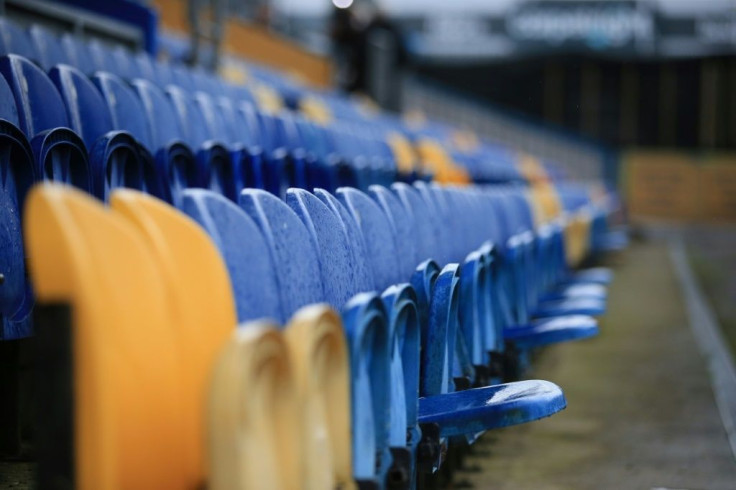The Covid-19 Sports Report: Autumn Edition

For sports lovers, the year 2020 is one to forget. Seasons have withstood many disruptions, only to be brought back in unfamiliar formats with few, if any, fans in the stands.
It’s also been a year to witness how well, or just the opposite, sports leagues have handled the pandemic. For some leagues, thanks to painstaking planning, they contained the virus better than other businesses. Bubble campuses kept NBA players safe using cutting-edge technology and allowed the NHL to finish the postseason Covid-free.
The same cannot be said with other major leagues, which are facing widespread outbreaks that have resulted in delays, exclusions and other problems.
What’s happening?
When the LA Dodgers won the World Series this year, people across the globe looked on in horror. Third baseman Justin Turner, who had been pulled out midway through the game due to a positive COVID-19 test, returned to the field and celebrated with his team after their victory. Both actions showed major lapses in safety protocols, but the league went a step farther and chose not to punish him. The MLB had gone 54 days with no new cases of coronavirus. Now, the Dodgers alone have five positive cases.
While the NFL’s cases haven’t been as high-profile, they are far more widespread. Half the league’s 32 teams have at least one confirmed case and several have had to shut down their facilities entirely to slow the spread. Players, staff and even managers have come down with the virus-- no one has been immune.
Even more distanced sports like golf have fallen prey to Covid-19; two players had to be excluded from the Master just recently after catching the virus. College sports, too, are seeing a number of cancellations and delays. These athletes face an uncertain future as cases surge and new restrictions fall into place.
Why aren’t safety measures working?
According to interviews and reports, players strongly pushed back against extended use of bubble campuses. MLB and the NFL ultimately chose to implement lighter measures than the ones that proved successful for the NBA and NHL.
The MLB only implemented bubbles for its postseason World Series games. While a variety of safety precautions had been put in place, there is no mention of specific technologies or contact tracing methods being used. It’s unclear where Justin Turner may have contracted Covid-19, and while the MLB did allow a limited number of fans into stadiums, there is not yet any evidence that this was connected to spread.
When NPR spoke to NFL chief medical officer Allen Sills, MD, he explained that the plan was to follow strict procedures at team and league facilities while trusting players to stay home and follow recommended precautions. “What we ultimately settled on,” he said, “is what we're calling a virtual football bubble,’ which means that, yes, teams are in their own home markets. And yes, players, coaches and staff can stay at their own homes.”
Like the NBA, the NFL is contracting with Kinexon to use SafeZone tiles for contact tracing. These will be used at NFL facilities and during team travel, but are returned at the end of the day for download and disinfection. The tags collect information on who the wearer comes in contact with and for how long so that people who are potentially exposed can be isolated and tested for Covid-19. The tags won’t help with tracing any contact outside of facilities, however, which poses a big risk since the NFL isn’t using bubble campuses.
The result is what we see now: insufficient measures that do not contain outbreak. Teams are beginning to take matters into their own hands, as contact tracing can only play catchup. The Dallas Cowboys are forming a bubble for staff who come into contact with players. Management is also trying to restrict players’ movement within the confines of collective bargaining agreements.
The Take Home
Even with the money and influence of professional sports leagues, keeping Covid-19 under control is a challenge. The MLB still had a high-profile case after its bubble creation, and the NFL’s constant Covid contact shows that technology without bubble-like controls won’t work. The rough year for sports fans isn’t over yet. Disruptions and changes will continue to be hallmarks of the 2020 season and, perhaps, beyond.



























